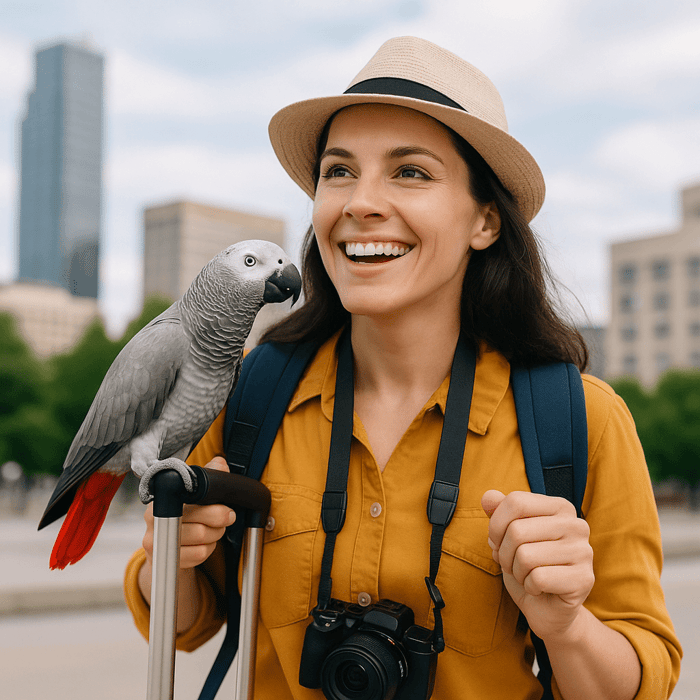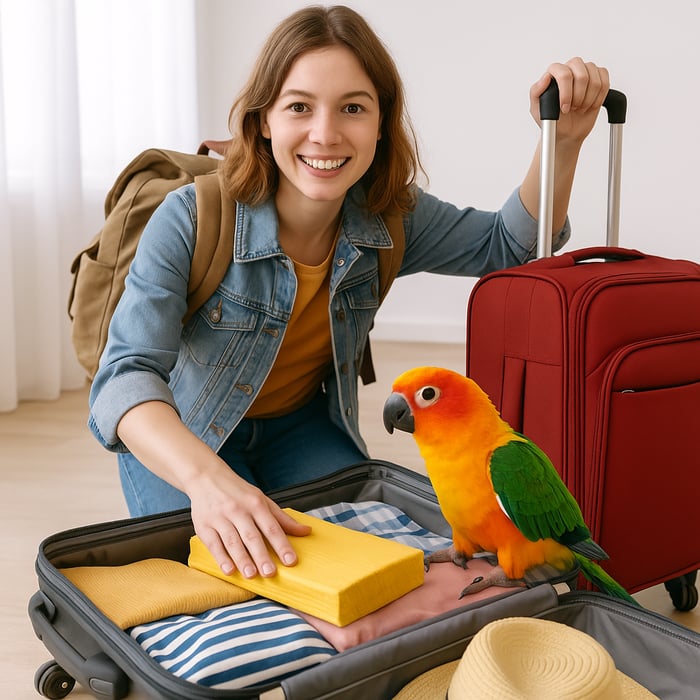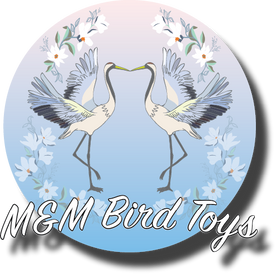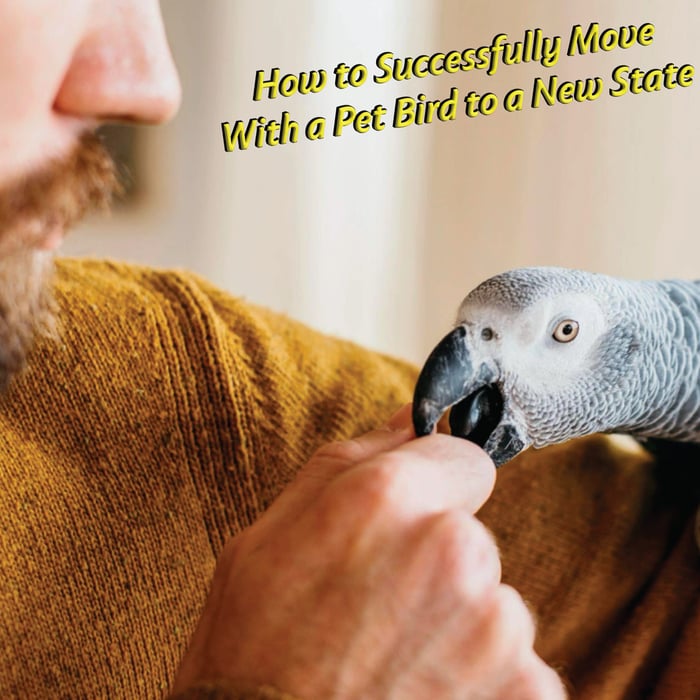Moving to a new state with a pet bird isn’t just about loading the cage into your car. Birds react intensely to stress, routine disruption, and unfamiliar environments. Your job is to manage that stress at every step — with structure, timing, and clarity. A rushed or chaotic move can cause real harm, from respiratory issues to trauma responses. Whether your bird is a parrot, finch, or cockatiel, you’ll need a plan that respects their fragility and rhythm. This guide helps you get it right, from legal prep to safe transit.
Confirm Required Health Documentation
Each state has its own rules for bringing in pet birds. Some require a veterinary health certificate issued within a certain timeframe before arrival. Others may ask for disease testing records or proof of isolation from other animals. These regulations are enforced by that state’s Department of Agriculture or Board of Animal Health, depending on the jurisdiction. Don’t rely on general advice or national guidelines — contact the specific agency for your destination state directly. Getting this right in advance avoids delays, fines, or quarantine.

Review Interstate Transport Regulations
Moving a bird across state lines is regulated more than most people expect. Depending on disease risk, you may need special approval or to follow biosecurity guidelines. Certain species like parrots or exotic breeds might have extra restrictions. If there’s a recent outbreak in your current state, that could change things fast. Don’t guess — check USDA and state sites for current advisories. Paperwork delays here can lead to denied entry or quarantine orders.
Select a Safe Travel Cage
Your bird’s everyday cage isn’t ideal for long-distance travel. It may be too big, too flimsy, or too open to sudden jostling. Use a smaller, well-ventilated cage that can be strapped down or wedged securely. No mirrors, no swings, and no loose toys — they become hazards on the road. Add one perch and a non-spill water source. The cage should open from the top or front, not both, and be easy to cover without suffocating airflow.
Digitize Your Pet’s Records in Advance
Keep your bird’s medical and ownership documents in digital form. It’s not just about convenience — it’s about access when it matters. A vet visit, emergency inspection, or airline check-in can all require proof in seconds. PDFs are universal, easy to store, and hard to modify by accident. Using a tool like a PDF compressor makes large files easier to email and back up — learn more about approaches to compress PDF files. Don’t rely on paper in a glove box or suitcase.

Prepare Your Bird for the Journey
Don’t wait until moving day to introduce the travel cage. Birds fear unfamiliar spaces, and forcing them in can trigger panic or injury. Place the travel cage near their normal area days or weeks ahead. Let them explore it at their own pace with treats inside. Practice short rides or handling while in the cage to desensitize them. The goal is to make it a familiar space, not a trap. Trust builds before the move, not during it.
Flying With a Bird? Read the Fine Print
Airlines differ wildly on bird policies. Some allow small birds in the cabin; others don’t accept them at all. You’ll need to know the airline’s pet policy, carrier size limits, and whether a reservation is required. Health documentation is non-negotiable, even if you’re flying domestic. Some airlines ask for specific cage types or proof of recent vet visits. Always call before booking — what’s online can be outdated. Surprises at check-in are never good for birds.
In-Car Travel Is Its Own Puzzle
If you're driving, set up the car before the bird gets inside. Keep the cage on a level surface, never on your lap or dashboard. Remove swings or hanging toys — they’ll swing and spook the bird. Keep the temperature stable, avoid blasting music, and speak gently while driving. Cover the cage loosely to reduce visual stress without cutting airflow. Stop regularly, but don’t open the cage outside. A panicked bird is faster than you.
Relocating with a bird isn’t casual. It’s layered with legal, emotional, and physical stressors — many of which only show up mid-move if you’re unprepared. But if you approach the process with structure, calm, and foresight, it’s entirely possible to protect your bird’s health and trust in you. That means prepping paperwork early, training gently, and managing the entire environment with intention. Birds remember trauma — and they also remember safety. The work you do now determines which memory they carry forward

